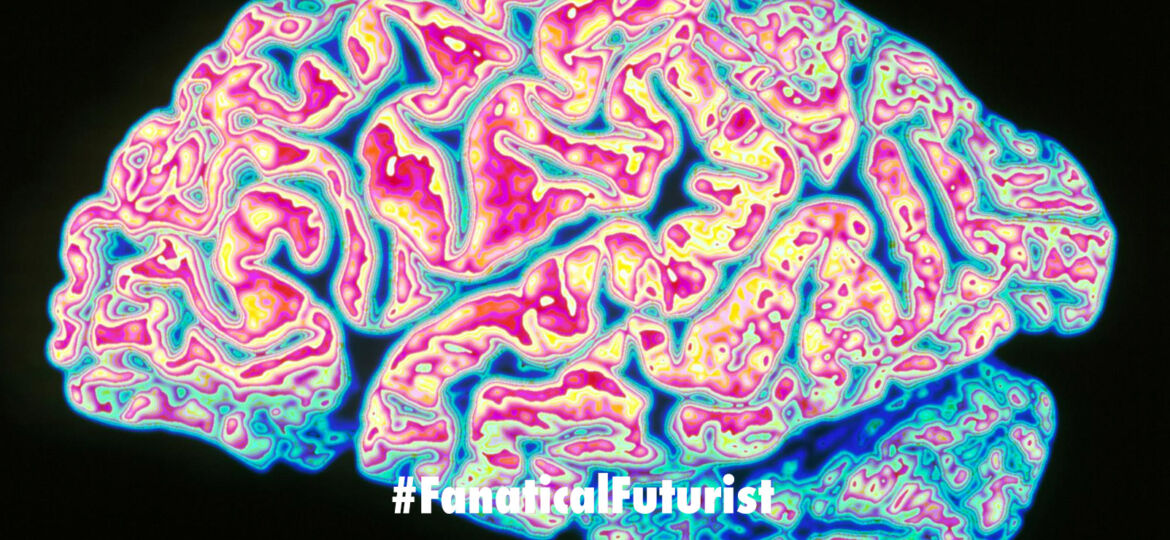
WHY THIS MATTERS IN BRIEF
As our ability to re-code and “improve” on nature improves so too will our ability to produce new human organs in new ways.
The future of personalized medicine will very likely involve human “spare parts,” whether they’re 3D printed on demand, grown on demand in part animal part human, or chimeric, animals like pigs, or donated, to replace everyone’s failing organs. Now scientists in the US have announced that they’ve made great strides toward this eventual goal by managing to grow human mini-organs, which are called organoids, as a proof of concept. The trick to get organoids to grow properly though, it seems, is to incubate them in environments where they’ll get the appropriate amount of physical support from their surroundings. And as Salk Institute researchers who just grew human mini-brains discussed in a new paper, there’s no better place to do that than inside another animal’s body.
As the team outlined in their Nature Biotechnology article, human mini-brains can thrive, and it turns out, integrate, inside mouse brains for several months. The researchers showed it was possible in their study by implanting 31 to 50 day old brain organoids, grown from human stem cells, into scooped out brains of mice.
Over the course of up to 233 days, they showed that the human brain cells didn’t just survive but also formed connections with the neurons of the mouse brains and shared a blood supply, and the scientists hope it will let them study neurological diseases in closer detail. Crucially, the team didn’t fail to acknowledge the ethical elephant in the room – no, they insist, the mice didn’t suddenly become smarter or more human-like as a result of the human neurons entwining with their own. But nevertheless many say it’s a legitimate concern.
Rapid advances in organoid research have forced bioethicists to wrestle with the question of what happens when human cells, especially neurons, form connections with animal cells in human-animal chimeras, like the chimeric pigs I discussed a while ago that are part pig and part human. The biggest fear, of course, is that they will gain human consciousness, and while we have no way of measuring that now, the scientists in the current study did find a way to measure increases in cognitive ability, which one might expect from a human-mouse brain hybrid. But the mice with the human brain implants, when dropped into an escape room-like maze, didn’t fare much better than their regular mouse counterparts. But they did fare better…
These mice are not the first animals to have human brains growing inside their skulls either. In 2017, Salk scientists showed that human brain cells integrated with rat brains, also sharing a blood supply and transmitting nerve signals along both species’ synapses. At that time, too, ethicists raised concerns about consciousness, just as they did earlier in 2017 when more Salk scientists grew human liver cells inside pigs. When they did so, they assured everyone that the cells have a “safety switch” to prevent the animals from even coming close to sentience.
Of all people, Pope Francis has signed off on human-animal chimeras, choosing to focus on the potential good that can come of this research. We’ve already gotten a glimpse of what it can do, for example, mini-brains have allowed researchers to study the effect of psychedelic drugs on human neurons without having to get people high, and they’re illuminating how the human brain develops and organizes itself.
Clearly, research on organoids and human-animal hybrids is advancing far more quickly than ethicists can keep up. In 2016, the US National Institutes of Health moved to lift the moratorium on chimera science to make way for research like the current study, but many scientists, unsurprisingly, voiced serious concerns. To quell such fears, the Salk research scientists were careful to note that making the mini-brains grow more than just a few millimeters across remains a major obstacle, at least for now.
















